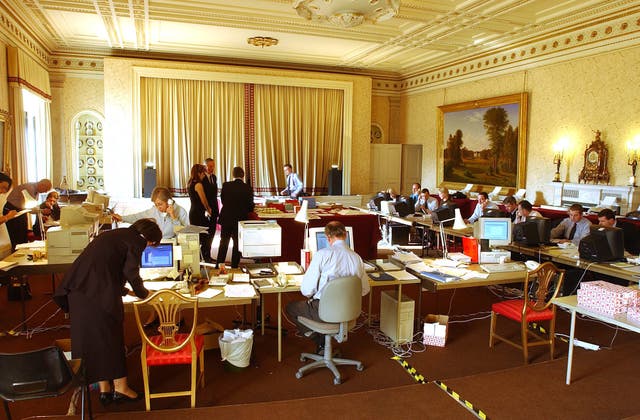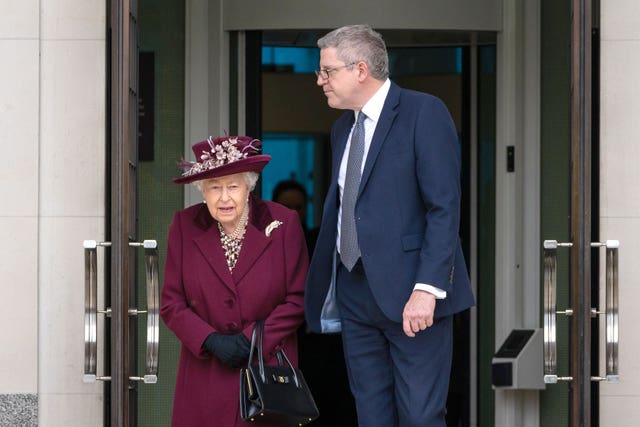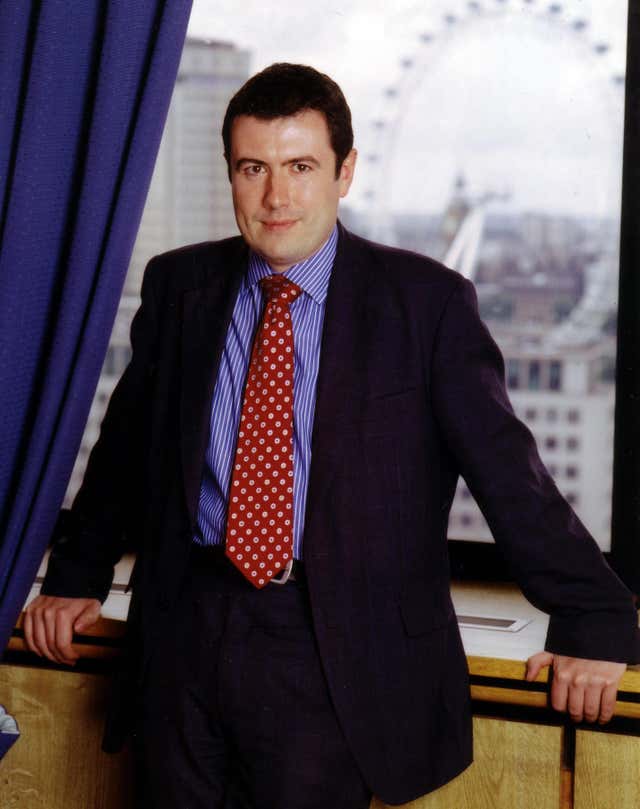Royal aides play important role
The Lord Chamberlain is in charge of the Duke of Edinburgh’s funeral.

A large team of royal aides and staff will have been called upon at Buckingham Palace in the wake of the Duke of Edinburgh’s death.
Who are the people working behind the scenes within the royal household?
The Lord Chamberlain’s Office
The Lord Chamberlain’s Office will be working around the clock on the arrangements for the duke’s funeral.
Usually based at Buckingham Palace, the team, headed by the Queen’s Comptroller, is tasked with the practical side of staging the day.

In 2002, when the Queen Mother died, the cinema and billiards room at Buckingham Palace served as funeral HQ and senior staff from the Lord Chamberlain’s Office and the Ministry of Defence worked through the night to put together a guest list and issue 2,200 invitations to the service in Westminster Abbey.
It is the Lord Chamberlain’s Office, a department which is independent of the Lord Chamberlain, that draws up funeral plans years in advance, covering a variety of scenarios, so as to be ready in the event of a royal death.

The Lord Chamberlain
The Lord Chamberlain, Baron Parker of Minsmere – who is the most senior official of the Royal Household – will have overall responsibility for the duke’s funeral.
Lord Parker only began the role on April 1, having taken over from Earl Peel who retired on March 31 after nearly 15 years as Lord Chamberlain.
The Lord Chamberlain heads the Queen’s working household and it is his job to ensure the smooth running of all the different departments.
It will be down to the Lord Chamberlain to oversee the duke’s funeral arrangements, closely supported by the Lord Chamberlain’s Office, other senior officials at Buckingham Palace and relevant government departments – most likely the Cabinet Office and the Ministry of Defence.
The post, which pays around £90,000 a year, is a part-time one and includes chairing a monthly meeting of all heads of department and a weekly update.

The position dates from the Middle Ages, when the King’s Chamberlain often acted as the king’s spokesman in Council and Parliament.
On ceremonial occasions the Lord Chamberlain carries a white staff and a gold key, the symbols of his office.
Tradition dictates that the Lord Chamberlain must symbolically break his white staff over the grave of the sovereign he serves when they die.
Until 1924, the appointment was a political one but now the Lord Chamberlain does not participate in political activities.
Master of the Household
The Master of the Household at Buckingham Palace is Vice Admiral Sir Anthony Johnstone-Burt and his department is the largest in the royal household, with more than 250 employees.

Private Secretary
Sir Edward Young, the Queen’s private secretary and senior adviser, will be on hand for the monarch throughout the challenging days ahead.
He is responsible for supporting the Queen in her duties as head of state and is the channel of communication between the Queen and the Government.

The Queen’s ladies-in-waiting, personally chosen by the monarch, have a variety of duties including attending to private and personal matters for the Queen and handling her correspondence.
They will be part of HMS Bubble, the reduced selection of around 20 staff attending to the Queen at Windsor during lockdown.
Some of the Queen’s ladies-in-waiting have been with her for more than 50 years and act as both friends and loyal assistants.
Their discretion and support is likely to be invaluable.
The Queen’s equerry supports her in her official duties and private life, as a member of a small team responsible for the detailed planning and execution of her daily programme.
As the royal court goes into mourning for the duke, the equerry will be responsible for ensuring the Queen’s diary is readjusted and runs as smoothly as possible.
The Queen’s Senior Dresser
Angela Kelly is also the Queen’s personal assistant.
Miss Kelly, who is the daughter of a Liverpool dockworker, has also become a confidante and is seen as the Queen’s “gatekeeper”.

Press Office
The Queen’s communications secretary and team of press officers will be on hand to deal with the deluge of inquiries from journalists in the days ahead, acting as the main link between the royal family and the world’s media.
The press office will also be tasked with maintaining the royal website and social media accounts in memory of the duke.





